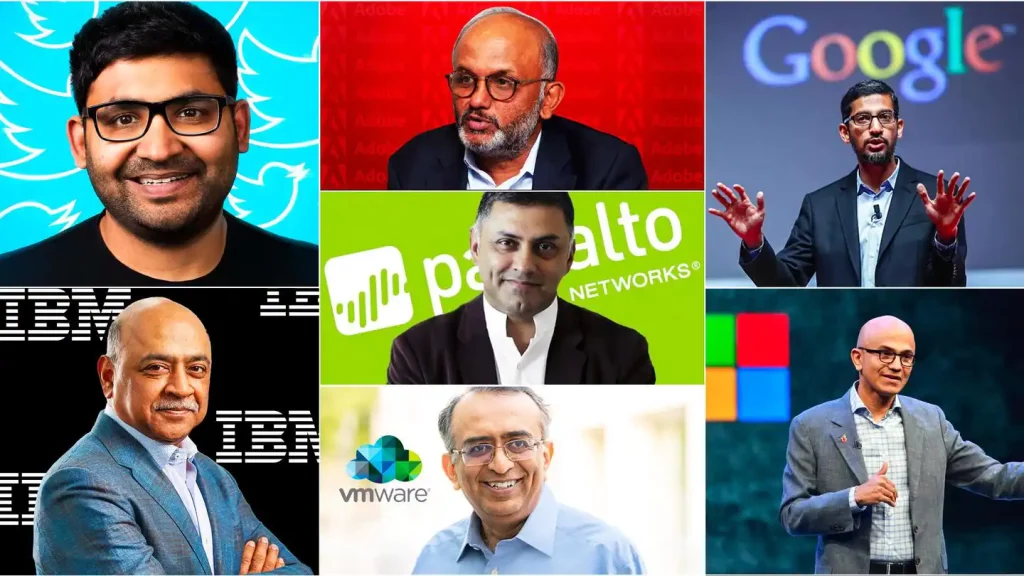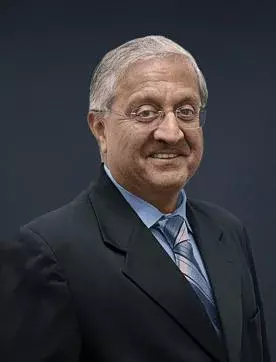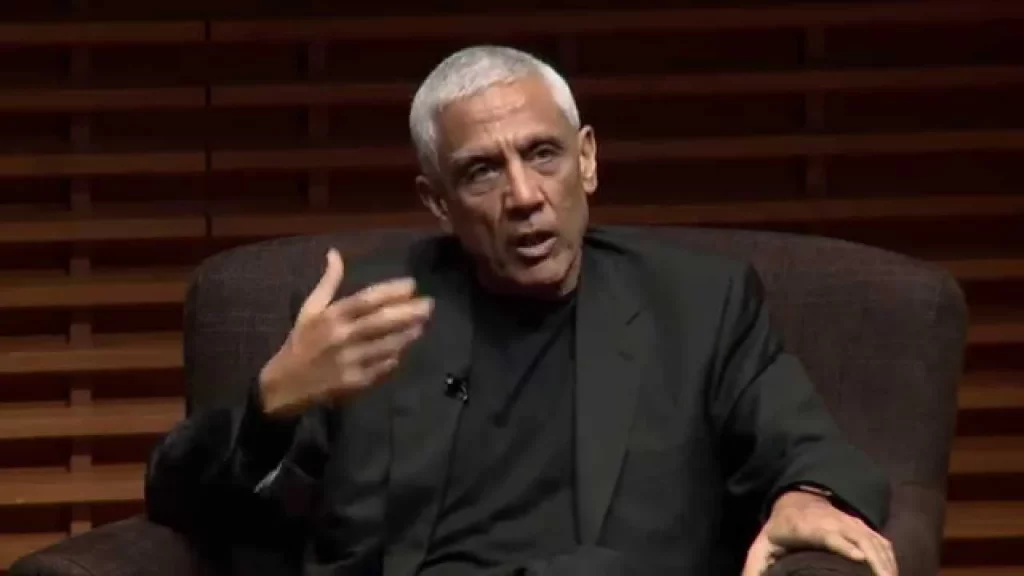Parag Agrawal, the new CEO of Twitter, has joined at least a dozen other Indian-born techies in the inner offices of the world’s most powerful Silicon Valley firms.
Satya Nadella, the CEO of Microsoft, and Sundar Pichai, the CEO of Alphabet, are all of Indian heritage, as are the top executives of IBM, Adobe, Palo Alto Networks, VMWare, and Vimeo.
Popular Indian-Born CEO:
Paras Aggarwal – Twitter
Satya Nadella – Microsoft
Shantanu Narayen – Adobe Inc.
Arvind Krishna – IBM
Nikesh Arora – Palo Alto Networks
Sundar Pichai – Google and Alphabet
George Kurian – NetApp
Jayshree Ullal – Arista Networks

Despite the fact that Indian-origin people make up less than 1% of the US population and 6% of Silicon Valley’s workforce, they are disproportionately represented in the top ranks. Why?
R Gopalakrishnan, a co-author of “The Made in India Manager” and a former government director of Tata Sons quotes, “No different nation on this planet ‘trains’ so many voters in such a gladiatorial method as India does”.
In other words, the competition and chaos make them flexible problem-solvers – and the fact that they normally prioritise the professional above the personal helps in an American workplace history of overwork, he adds.

Parag Agrawal, the new CEO of Twitter in India, is a hit with the Indian public.
What does Alphabet do? Who is Sundar Pichai?
According to Mr. Gopalakrishnan, these are characteristics of high-ranking officials from all around the world.
Indian-born CEOs in Silicon Valley are also part of a 4 million-strong minority community in the United States that is among the wealthiest and most educated.

Scientists and engineers make up roughly a million of them. More than 70% of H-1B visas – temporary work permits for foreigners – are granted to Indian software programmers, and India accounts for 40% of all foreign-born engineers in areas such as Seattle.
The authors of The Different One P.c: Indians in America stated that this is due to a significant shift in US immigration policy in the 1960s.

People who desired competence and family unification changed national-origin quotas in the aftermath of the civil rights movement. After that, highly educated Indians – initially scientists, engineers, and medical practitioners, then, overwhelmingly, software programme programmers – began to migrate to the United States.
The authors claim that this group of Indian immigrants did not “resemble any other immigration group from any other nation”. They were “triply chosen” because they were not only among the many upper-caste privileged Indians who could afford to attend a reputable school, but they also belonged to a smaller slice who could afford to finance a master’s degree in the United States, which many Silicon Valley CEOs had.

Finally, the visa system reduced it down to those with specific skills – mainly in science, technology, engineering, and maths, or STEM as the common term is known – who match the US’s “high-end labour market needs.”
“They’re the cream of the crop, and they’re joining organisations where the best ascend to the top,” says Vivek Wadhwa, a technology entrepreneur and professor. “The networks they’ve built [in Silicon Valley] have also provided them a bonus — the idea was that they could help each other.”
Mr Wadhwa claims that many India-born CEOs have also worked their way up the corporate ladder, which he says gives them a sense of humility that sets them apart from many founder-CEOs who have been accused of being pompous and entitled to their vision and management.

According to Vinod Khosla, an Indian-American billionaire businessman and venture capitalist who co-founded Solar Microsystems, India’s diverse society, with its many customs and languages, “offers them [Indian-born managers] the flexibility to navigate complicated conditions, especially relating to scaling organisations.”
He adds, “This, along with a ‘hard-work’ culture, correctly sets them up.”
There are also less obvious reasons. The fact that so many Indians speak English makes it easier for them to integrate into the many US tech industries.
In addition, the concentration on math and science in Indian education has resulted in a strong software industry, which trains graduates in the necessary skills, which are then reinforced in top engineering or management schools in the United States.

The massive backlog in applications for US green cards, along with growing alternatives in the Indian market, has significantly reduced the appeal of a career abroad.
“The Indian start-up dream is changing the American dream,” Ms Rai argues.
According to experts, the recent development of India’s “unicorns” — companies worth more than $1 billion – indicates that the country is beginning to create major tech firms. They caution, however, that it is too soon to say what impact they may have on the rest of the world.
“The start-up ecosystem in India is relatively new. Successful Indians’ position models in entrepreneurship and government have aided a lot, but position models need time to emerge,” Mr Khosla argues.

However, nearly all of the Indian-born Silicon Valley CEOs are men, as are many of the position models. And, according to experts, their rapid growth isn’t enough of a reason to expect more variety from the industry.




